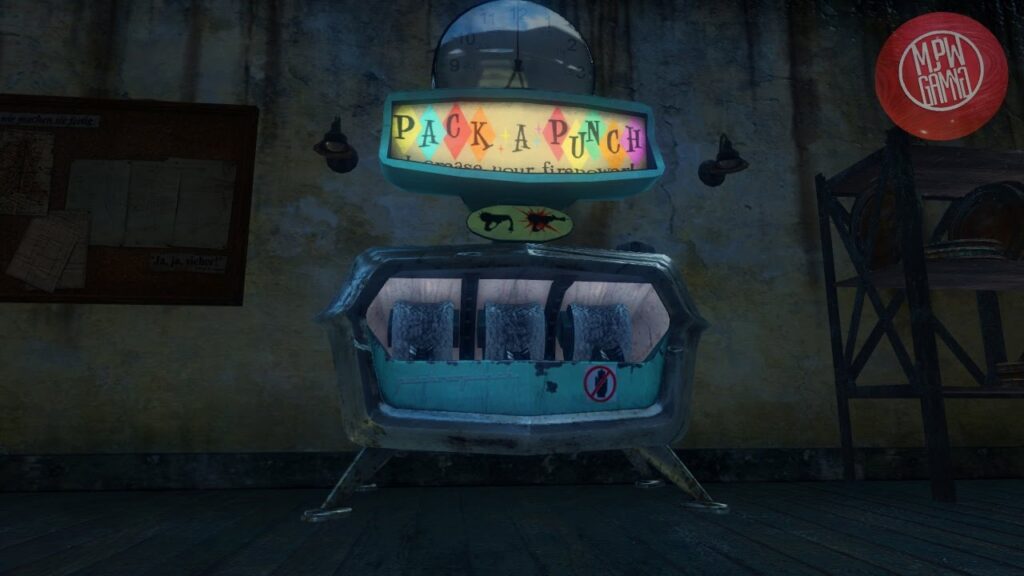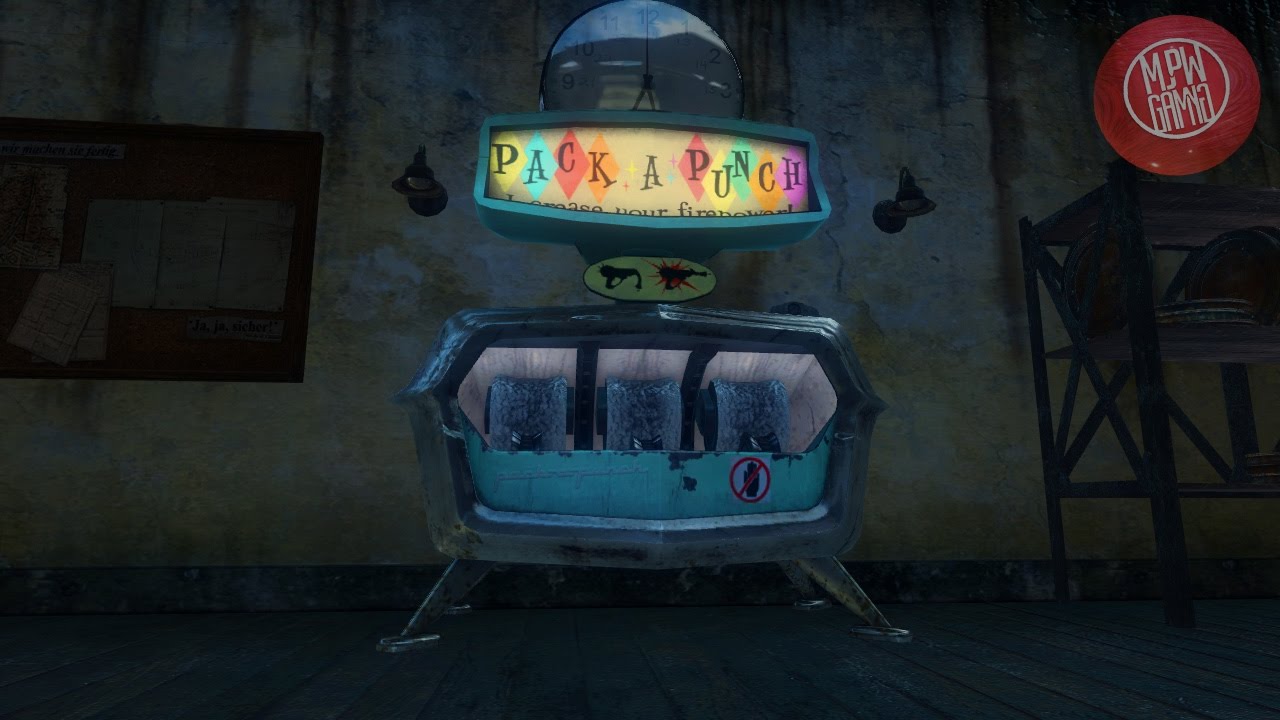
Kindertotenlieder: Exploring Mahler’s Songs on the Death of Children
Gustav Mahler’s Kindertotenlieder, or Songs on the Death of Children, is a song cycle for voice and orchestra composed between 1901 and 1904. It is considered one of Mahler’s most poignant and emotionally complex works, exploring themes of grief, loss, and acceptance in the face of unimaginable tragedy. The cycle comprises five songs set to poems by Friedrich Rückert, written in the aftermath of the death of two of his children from scarlet fever. Understanding the context of Kindertotenlieder is crucial to appreciating its profound impact.
This article delves into the history, meaning, and musical intricacies of Kindertotenlieder, examining its place within Mahler’s oeuvre and its enduring resonance with audiences today. We’ll explore the biographical context, the poetry of Rückert, the musical structure and symbolism, and the critical reception of this powerful work. The very title, Kindertotenlieder, sets a somber tone, immediately alerting the listener to the profound grief at the heart of the cycle.
The Biographical Context: Mahler and Loss
While Rückert wrote the poems after the death of his children, Mahler composed the Kindertotenlieder before experiencing such personal loss. This fact has often been debated, with some arguing that Mahler was tempting fate or engaging in a morbid exercise. However, Mahler himself was no stranger to loss, having experienced the deaths of several siblings during his childhood. This likely contributed to his sensitivity to the themes of death and mourning.
Interestingly, Mahler’s daughter, Maria, died several years after he completed the Kindertotenlieder. After this devastating experience, the cycle took on a completely new and profoundly personal dimension for him. While he initially composed the songs as an exploration of grief through Rückert’s poetry, the death of his own child transformed the work into a deeply personal lament. [See also: Mahler’s Symphonies: A Journey Through Life and Death]
Friedrich Rückert: The Poet of Grief
Friedrich Rückert (1788-1866) was a German poet, translator, and professor of Oriental languages. The poems that Mahler selected for Kindertotenlieder were written as part of a larger collection of over 400 poems written in response to the deaths of his two children, Luise and Ernst, in 1833. These poems are characterized by their raw emotion, their unflinching portrayal of grief, and their attempts to find solace and meaning in the face of loss. Rückert’s words provide the emotional core of Kindertotenlieder.
Rückert’s poetry in Kindertotenlieder avoids sentimentality, instead opting for a stark and honest depiction of parental grief. The poems explore the various stages of mourning, from the initial shock and disbelief to the gradual acceptance of loss. They also grapple with questions of faith, mortality, and the nature of existence. The poems used in Kindertotenlieder showcase Rückert’s mastery of language and his ability to convey profound emotions with simplicity and directness.
Musical Structure and Symbolism in Kindertotenlieder
Mahler’s music in Kindertotenlieder is equally powerful and evocative. He masterfully sets Rückert’s poetry, creating a rich and complex tapestry of sound that perfectly captures the emotional nuances of the text. The orchestration is often sparse and subdued, reflecting the somber mood of the poems. However, there are also moments of intense passion and drama, reflecting the raw emotions of grief and despair. The recurring themes of Kindertotenlieder help to create a cohesive and unified work.
Each of the five songs in Kindertotenlieder explores a different aspect of grief:
- Nun will die Sonn’ so hell aufgeh’n (Now the sun wants to rise as brightly): This song expresses a sense of denial and disbelief. The sun continues to shine, the world continues to move forward, even though the child is gone.
- Nun seh’ ich wohl, warum so dunkle Flammen (Now I see well, why with such dark flames): This song explores the guilt and self-reproach that often accompany grief. The singer reflects on the child’s eyes and wonders if he could have done something to prevent the death.
- Wenn dein Mütterlein tritt zur Tür herein (When your dear mother enters the door): This song depicts the pain of seeing the child’s absence reflected in the mother’s grief. The singer imagines the child still present, waiting for his mother to return.
- Oft denk’ ich, sie sind nur ausgegangen (Often I think they have only gone out): This song offers a brief moment of hope and illusion. The singer imagines the children are simply out for a walk and will soon return.
- In diesem Wetter, in diesem Braus (In this weather, in this roaring): This song represents acceptance and resignation. The singer finds solace in the natural world, imagining the children safe and at peace in heaven.
Mahler uses a variety of musical devices to enhance the emotional impact of the songs. For example, he often employs dissonance and chromaticism to create a sense of unease and tension. He also uses specific instruments to represent certain emotions or ideas. The oboe, for example, is often associated with mourning and loss, while the horn can represent hope and transcendence. The orchestration in Kindertotenlieder is meticulously crafted to support the emotional weight of the text.
Critical Reception and Legacy
Kindertotenlieder was initially met with mixed reviews. Some critics found the subject matter too morbid and depressing, while others praised Mahler’s masterful setting of Rückert’s poetry. Over time, however, the work has come to be recognized as one of Mahler’s greatest achievements. It is now considered a cornerstone of the lieder repertoire and is frequently performed by leading singers and orchestras around the world. The enduring power of Kindertotenlieder lies in its ability to connect with listeners on a deeply emotional level. [See also: The Influence of Folk Music on Mahler’s Compositions]
The Kindertotenlieder continues to resonate with audiences today because it speaks to universal human experiences of grief, loss, and the search for meaning in the face of tragedy. The cycle offers a powerful and moving exploration of these themes, reminding us of the fragility of life and the importance of cherishing our loved ones. The raw emotion and honesty of both Rückert’s poetry and Mahler’s music ensure that Kindertotenlieder will continue to touch the hearts of listeners for generations to come. The Kindertotenlieder remains a testament to the power of music to express the deepest and most profound human emotions.
The Kindertotenlieder stands as a powerful example of art’s ability to confront difficult and painful subjects. Through the combined genius of Rückert and Mahler, the cycle offers a space for mourning, reflection, and ultimately, a kind of acceptance. The lasting impact of Kindertotenlieder solidifies its place as a masterpiece of the Romantic era.
In conclusion, Kindertotenlieder is a deeply moving and profoundly affecting work that explores the themes of grief, loss, and acceptance with unparalleled emotional intensity. Mahler’s masterful setting of Rückert’s poetry creates a powerful and unforgettable experience for the listener. The Kindertotenlieder remains a testament to the enduring power of music to express the deepest and most profound human emotions.

